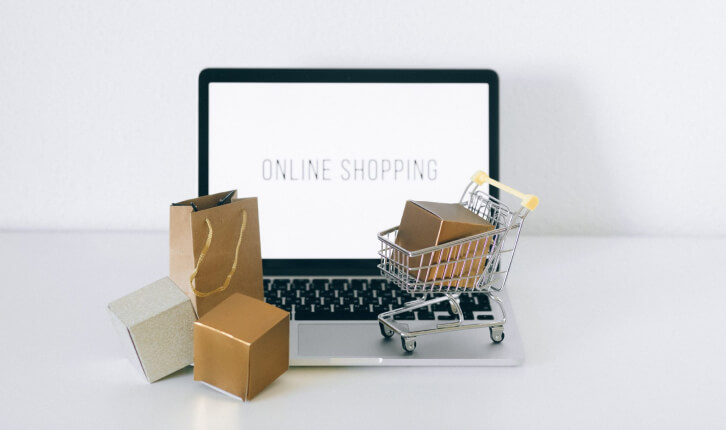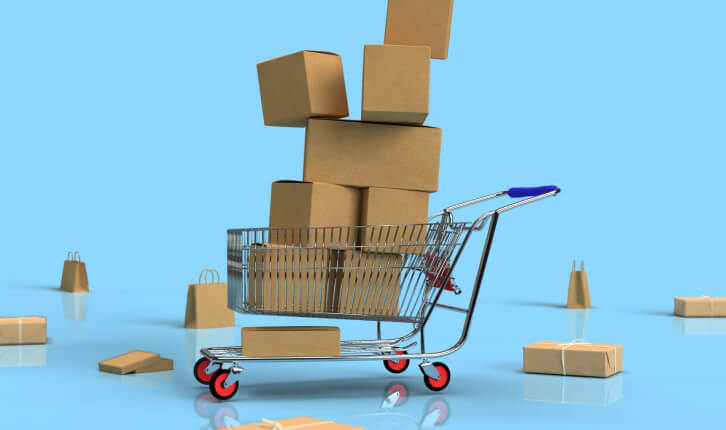
GTINs: How important are they to your products?
Arguably one of the most talked about (and agonised over!) features these last few years, GTINs have become an integral part of Google Shopping and – by extension – buying and selling everywhere on the digital shelf.
But despite being a headache for most online retailers, GTINs are also hugely beneficial if you want to see better results from your shopping ads.
In this article, we explore the importance of GTINs and show you how to use them correctly when managing your product catalogue.













